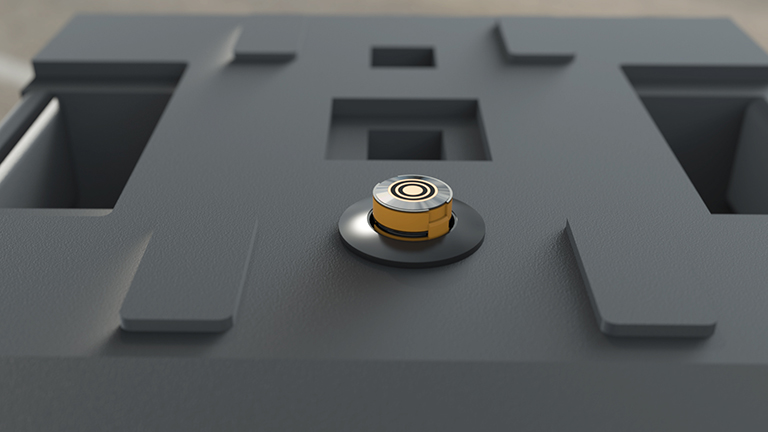Onsite Data designs and builds mobile and simple IoT traffic monitoring solutions for temporary use on the road. Spirit Design initially guided and coached IOT Baseplate in strategy and product development, and in parallel developed branding and a professional website.
The startup “IoT Baseplate” is developing a mobile, robust and extremely flexible IoT module system based on the K1 Baseplate, which has proven itself a million times over in the traffic sector. This system can be used to detect, process, signal and communicate digital traffic data on site during traffic events – e.g. temporary construction sites or detours. Priority use cases can be found in the areas of Intelligent Transport Systems ITS, Cooperative Infrastructure C-ITS, Smart City, Automated Driving or dynamic traffic management. IoT Baseplate has been supported since the preseed phase by the province of Lower Austria and its Tough Tech incubator ACCENT and is funded by the Austrian Research Promotion Agency FFG, the province of Lower Austria, WKNÖ TIP and Austria Wirtschaftsservice aws.
Spirit Design was able to convince the founders and managing directors of IoT Baseplate with the strategic and integrated design and consulting offer and advised the company at the beginning of the collaboration within the framework of a TIP consulting grant using design thinking methods.
Expand the areas of application
In this first project phase, strategic use cases were developed within the framework of the design thinking process using the personas method, challanges for the creative process were defined and associated ideas were developed. The goal was to further develop loT Baseplate as a mobile, self-sufficient and robust outdoor sensor/actuator that can be used in a wide range of industries.



Innovative design development
The final designs of the development project were developed in an iterative process together with the customer. In this phase, another significant leap forward in development was achieved, as the baseplate did not have to be structurally modified, but the existing holes and recesses were used to accommodate the sensors, which saved costs and awkward handling. A significant innovation!
